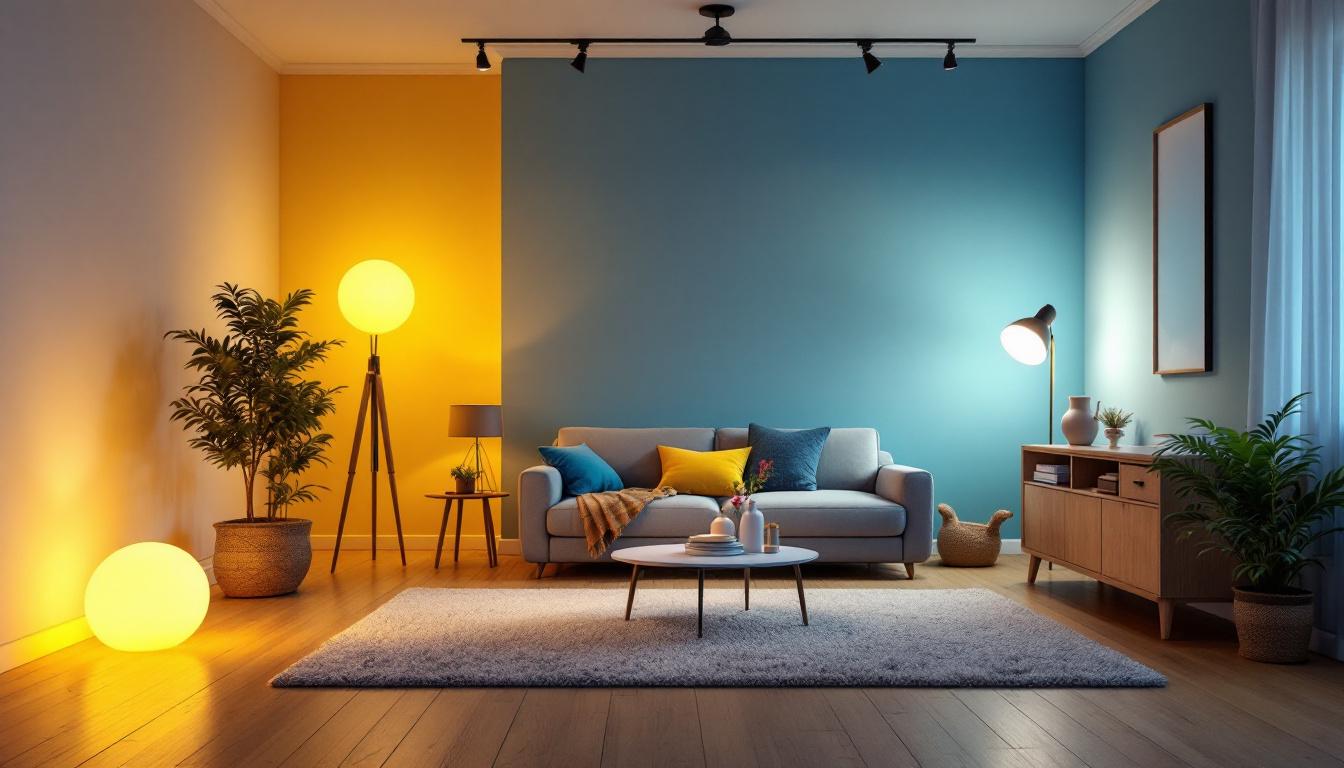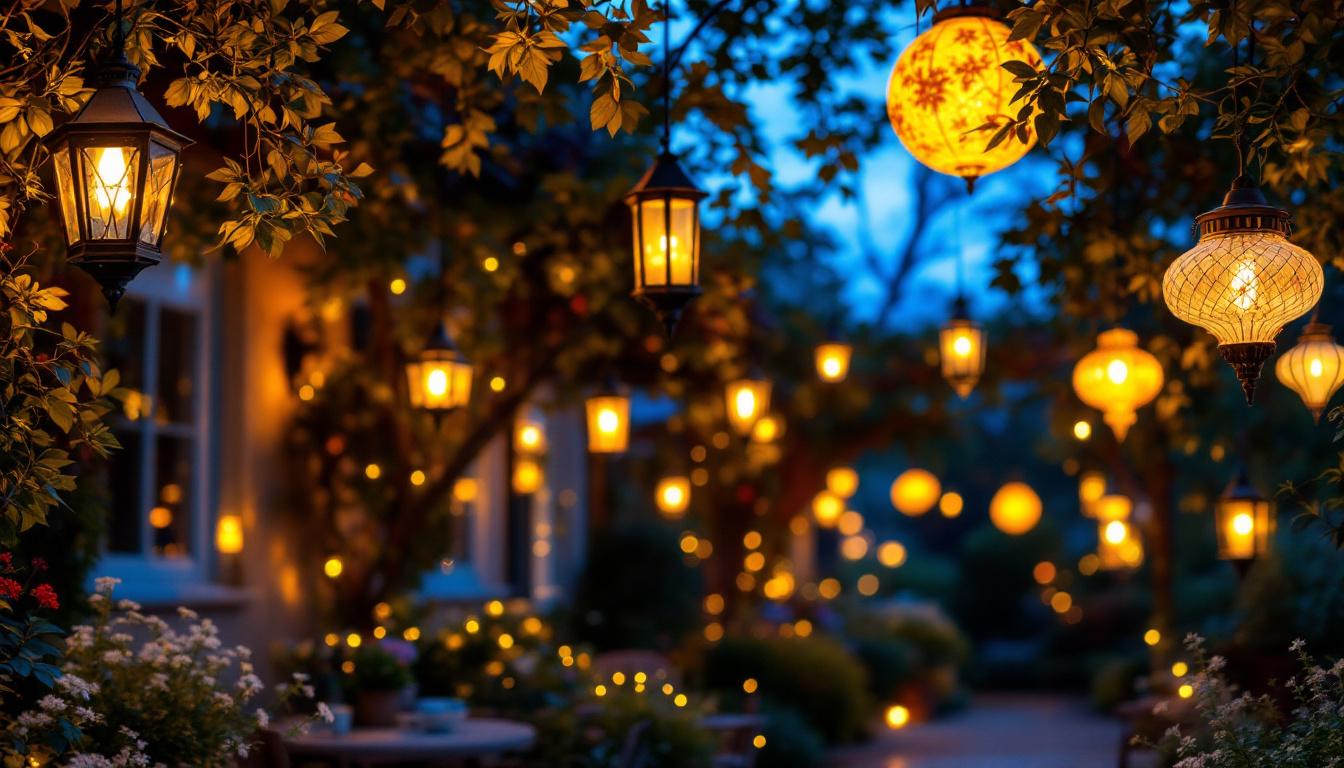
In the realm of residential construction and renovation, lighting design plays a pivotal role in enhancing both functionality and aesthetics. For lighting contractors, mastering the nuances of residential lighting design is essential not only for client satisfaction but also for establishing a reputable presence in the industry. This article aims to provide valuable insights and expert advice tailored specifically for lighting contractors, focusing on key aspects of residential lighting design.
Lighting is more than just a functional necessity; it significantly influences the mood and ambiance of a space. Proper lighting can highlight architectural features, create focal points, and even affect the perceived size of a room. As a lighting contractor, understanding the psychological impact of light can help in designing spaces that resonate with homeowners. For instance, warm lighting can evoke feelings of comfort and relaxation, making it ideal for living rooms and bedrooms, while cooler tones can enhance focus and alertness, perfect for workspaces.
Moreover, effective lighting design can enhance safety and security within a home. Well-lit areas deter intruders and reduce the risk of accidents, making it crucial for contractors to consider both aesthetics and practicality when planning lighting solutions. Incorporating motion-sensor lights in outdoor spaces not only improves security but also adds convenience for homeowners returning home at night. Additionally, layering different types of lighting can create a dynamic environment that adapts to various activities throughout the day, ensuring that each space serves its intended purpose effectively.
Residential lighting can be categorized into three primary types: ambient, task, and accent lighting. Each type serves a unique purpose and should be integrated thoughtfully into the overall design. Understanding how these types interact can lead to a more cohesive and functional lighting plan.
In addition to these primary types, it’s essential to consider the role of decorative lighting, which serves both functional and aesthetic purposes. Chandeliers, pendant lights, and unique fixtures can serve as statement pieces that enhance the overall decor of a room while providing necessary illumination. Furthermore, the advent of smart lighting technology allows homeowners to customize their lighting experiences, adjusting brightness and color temperature to suit their mood or activity, thereby adding another layer of versatility to residential lighting design.
Every residential lighting project begins with understanding the client’s needs and preferences. Conducting a thorough consultation is essential. Ask questions about their lifestyle, daily routines, and any specific areas they want to highlight or improve. This information will guide the selection of lighting types, fixtures, and controls.
Additionally, consider the architectural style of the home. A modern home may benefit from sleek, minimalist fixtures, while a traditional home might require more ornate designs. Tailoring the lighting to complement the overall aesthetic is crucial for achieving a harmonious look.
In today’s environmentally conscious market, energy efficiency is a significant concern for many homeowners. Lighting contractors should be well-versed in energy-efficient options, such as LED lighting, which offers longevity and lower energy consumption compared to traditional bulbs.
Incorporating smart lighting systems can also enhance energy efficiency. These systems allow homeowners to control their lighting remotely, set schedules, and even adjust brightness levels based on natural light availability. Educating clients about these options can position contractors as knowledgeable professionals committed to sustainability.
Layering light is a fundamental technique in residential lighting design. By combining ambient, task, and accent lighting, contractors can create a well-balanced and versatile lighting scheme. This approach allows for flexibility, enabling homeowners to adjust the lighting to suit different activities and moods.
For instance, in a living room, ambient lighting can come from ceiling fixtures, task lighting from table lamps, and accent lighting from wall-mounted sconces highlighting artwork. This layered effect not only enhances functionality but also adds depth and visual interest to the space.
Dimmers are an essential component of modern lighting design, allowing homeowners to adjust brightness levels according to their needs. Incorporating dimmer switches can enhance the versatility of a lighting scheme, making it suitable for various activities, from entertaining guests to enjoying a quiet evening at home.
Moreover, smart controls can further elevate the user experience. Programmable lighting systems enable homeowners to create customized lighting scenes for different occasions, enhancing both convenience and ambiance. As a contractor, offering these options can set your services apart and cater to the growing demand for smart home technology.
The selection of lighting fixtures should be driven by their intended use. For example, in a kitchen, bright, focused task lighting is essential for food preparation, while a dining area may benefit from softer, ambient lighting to create a welcoming atmosphere.
When selecting fixtures, consider the scale and proportion relative to the space. Oversized fixtures can overwhelm a small room, while too-small fixtures may look insignificant in larger areas. Striking the right balance is key to achieving a cohesive design.
In addition to functionality, the style of the fixtures should align with the overall design theme of the home. Whether the homeowner prefers modern, rustic, or eclectic styles, there are countless options available to suit every taste.
It’s also important to consider the finish of the fixtures. Materials such as brushed nickel, matte black, or polished brass can significantly impact the overall look. Collaborating with clients to select fixtures that resonate with their personal style can enhance satisfaction and lead to referrals.
Outdoor lighting is often overlooked but is crucial for enhancing the safety, security, and aesthetic appeal of a property. Pathway lighting, landscape illumination, and accent lighting for architectural features can transform outdoor spaces into inviting areas for relaxation and entertainment.
As a lighting contractor, understanding the unique challenges of outdoor lighting, such as weather resistance and energy efficiency, is essential. Selecting durable fixtures and energy-efficient bulbs can ensure longevity and reduce maintenance for homeowners.
When designing outdoor lighting, consider the various functions of the space. For instance, a patio may require softer ambient lighting for relaxation, while a driveway needs brighter, focused lighting for safety. Layering different types of outdoor lighting can create a dynamic and functional environment.
Incorporating smart outdoor lighting systems can further enhance usability. Homeowners can control their outdoor lights remotely, set timers, and even integrate motion sensors for added security. These features not only improve convenience but also appeal to the growing trend of smart home integration.
Every residential project comes with its own set of challenges, whether it be structural limitations, existing electrical systems, or budget constraints. Lighting contractors must be adept at navigating these issues while still delivering high-quality results.
For instance, in older homes, existing wiring may not support modern lighting solutions. In such cases, contractors may need to explore creative alternatives, such as using battery-operated fixtures or strategically placing plug-in lights to achieve the desired effect without extensive rewiring.
The lighting industry is continually evolving, with new technologies and design trends emerging regularly. Staying informed about the latest advancements in lighting design, such as smart home integration and energy-efficient solutions, is crucial for contractors to remain competitive.
Participating in industry workshops, trade shows, and online forums can provide valuable insights and networking opportunities. Additionally, following design publications and online platforms can help contractors stay ahead of the curve and offer innovative solutions to clients.
Residential lighting design is an intricate blend of art and science, requiring a deep understanding of both aesthetics and functionality. For lighting contractors, mastering the principles of effective lighting design can lead to enhanced client satisfaction and a strong reputation in the industry.
By focusing on the unique needs of each client, utilizing energy-efficient solutions, and staying current with trends, contractors can create stunning lighting designs that transform residential spaces. Whether it’s through layering light, selecting the right fixtures, or addressing common challenges, the expertise gained in residential lighting design will undoubtedly contribute to the success of any lighting contractor.
Ultimately, the goal is to illuminate spaces in a way that enhances the lives of homeowners, creating environments that are not only beautiful but also functional and inviting. With the right approach and knowledge, lighting contractors can illuminate the path to success in residential lighting design.
Ready to elevate your lighting designs with premium products that combine quality, affordability, and convenience? Look no further than LumenWholesale. We provide contractors with spec-grade lighting solutions that meet the highest industry standards, all at unbeatable wholesale prices. Say goodbye to middleman markups and hello to a vast selection of reliable, high-performance lighting. Plus, with free shipping on bulk orders, you can ensure your projects shine without any hidden fees. Don’t compromise on excellence—choose LumenWholesale for Wholesale Lighting at the Best Value.

Discover how Inversal Lighting System bulbs can revolutionize your projects with enhanced efficiency and cost-effectiveness.

Discover the innovative strategies lighting contractors use to select and implement shatter-proof light bulbs, enhancing safety and durability in various environments.

Discover the essential insights lighting contractors need about emergency ballasts.

Discover why lantern lights are a crucial element for lighting contractors in creating captivating and functional spaces.